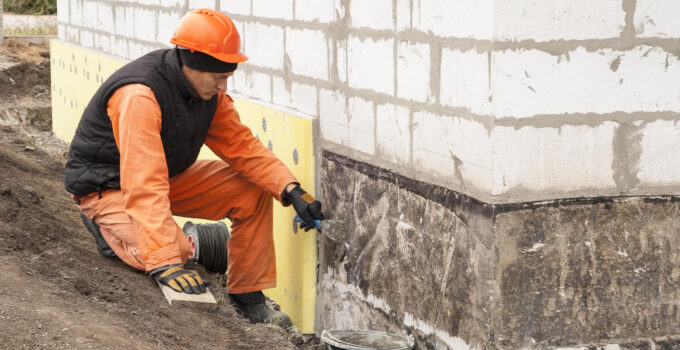The foundation of a building is its fundamental support system, providing stability and structural integrity to the entire structure. However, over time, various factors such as soil settlement, water damage, and structural issues can compromise the foundation’s stability, leading to problems such as cracks, uneven floors, and structural instability.
Foundation repair is a critical process designed to address these issues and restore the integrity of a building’s foundation. In this blog, we’ll provide a comprehensive overview of san antonio tx foundation repair, including common causes, repair solutions, and the importance of addressing foundation issues promptly.
Page Contents
Understanding the Causes of Foundation Problems
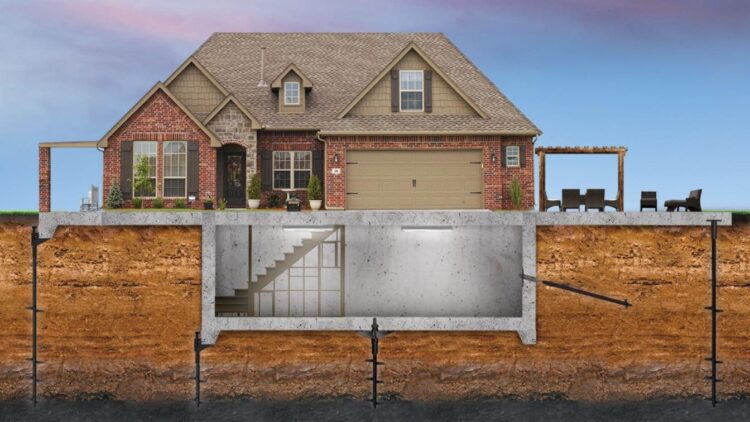
Source: amazingarchitecture.com
Several factors can contribute to san antonio tx foundation repair problems, including:
Soil Settlement: Changes in soil moisture content, soil compaction, and soil erosion can cause the soil beneath the foundation to settle unevenly, leading to foundation settlement and structural issues.
Water Damage: Excessive moisture infiltration from sources such as plumbing leaks, poor drainage, or heavy rainfall can weaken the soil beneath the foundation, leading to soil erosion, foundation shifting, and settlement.
Poor Construction Practices: Improper foundation design, inadequate site preparation, and substandard construction materials or techniques can contribute to foundation problems such as cracks, heaving, and settling.
Tree Roots: Large trees planted too close to the foundation can extend their roots beneath the foundation, exerting pressure and causing foundation movement, cracks, and structural damage.
Common Signs of Foundation Problems
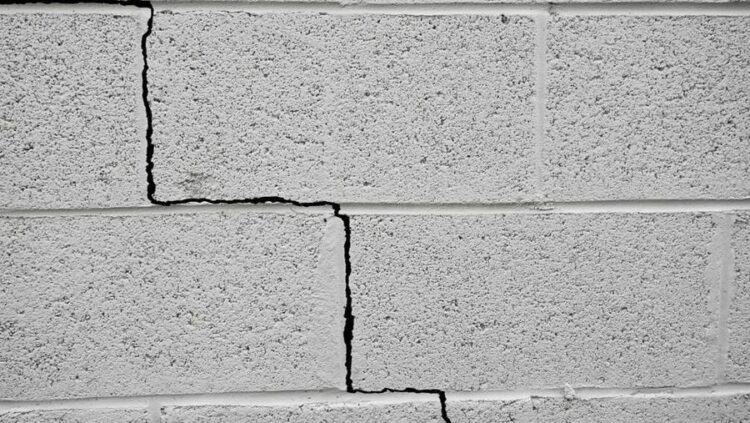
Source: forbes.com
Recognizing the signs of foundation problems early is crucial for addressing issues before they escalate. Common signs of foundation problems include:
Cracks in Walls or Floors: Visible cracks in interior walls, exterior brickwork, or basement floors can indicate foundation movement or settlement.
Uneven Floors: Floors that slope or feel uneven may indicate foundation settling or structural issues.
Doors and Windows Sticking: Doors and windows that stick or are difficult to open or close may be a result of foundation movement.
Bowing or Leaning Walls: Bowing or leaning walls can indicate foundation movement or soil pressure exerted on the structure.
Foundation Repair Solutions
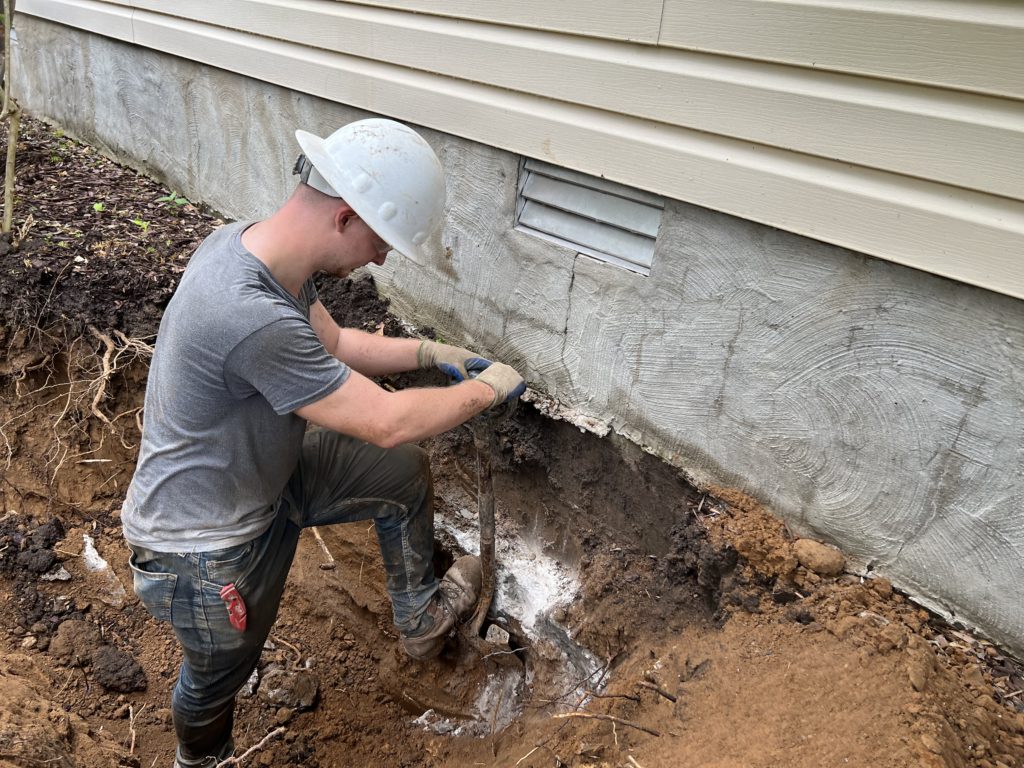
Source: thefoundationspecialists.com
Foundation repair solutions vary depending on the severity of the foundation problems and the underlying causes. Common foundation repair techniques include:
Underpinning: Underpinning involves strengthening and stabilizing the foundation by installing additional support beneath the existing foundation.
Piering: Piering involves driving steel piers or helical piles into the ground beneath the foundation to provide support and lift the foundation back to its original position.
Slabjacking: Slabjacking, also known as mudjacking, involves injecting a stabilizing material, such as grout or polyurethane foam, beneath the foundation to raise and level the slab.
Waterproofing: Waterproofing involves sealing cracks, installing drainage systems, and improving surface drainage to prevent water infiltration and protect the foundation from moisture damage.
Final Words
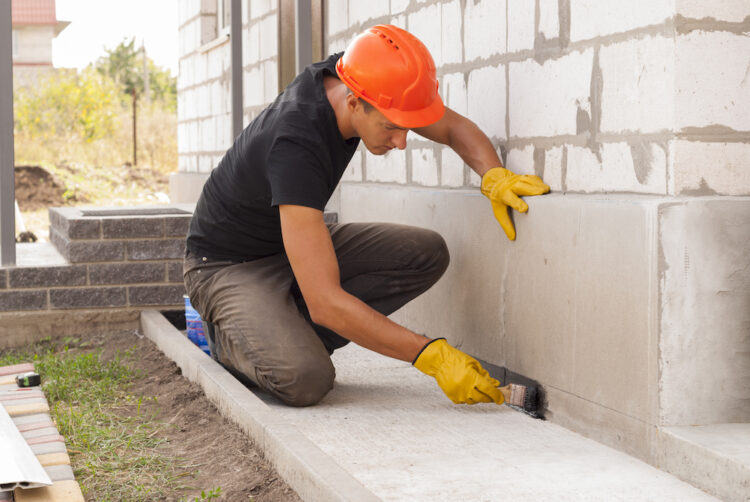
Source: trulia.com
Foundation repair is a critical process for addressing issues such as settlement, cracks, and structural instability that compromise the integrity of a building’s foundation.
By understanding the common causes of foundation problems, recognizing the signs of foundation issues, and promptly addressing foundation repair solutions, homeowners can protect their investment, ensure the safety of occupants, and preserve the structural integrity of their property for years to come.
If you notice signs of foundation problems, it’s essential to consult with a qualified foundation repair specialist to assess the issue and recommend appropriate repair solutions tailored to your specific needs and circumstances.

